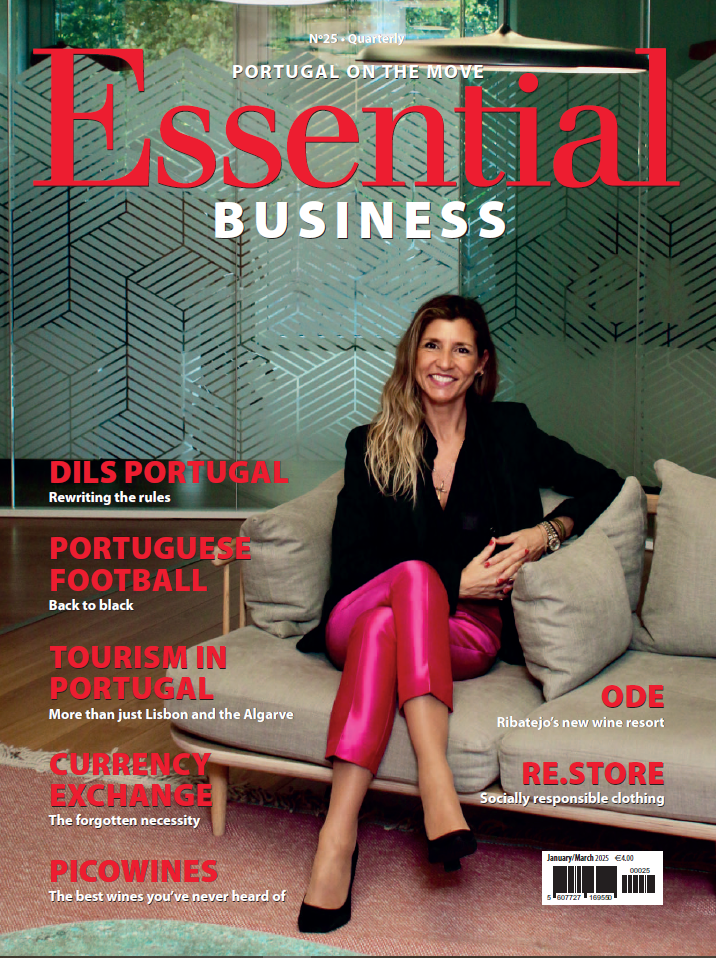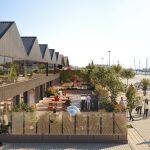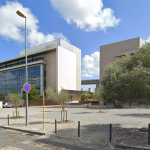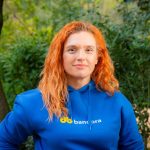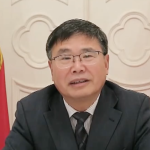The confessions of a spacewalker – what life’s really like on the International Space Station
Text: Chris Graeme; Photos: Chris Graeme & ESA
It’s not every day that you get the chance to meet and interview an astronaut, especially given that since and including the first manned space mission by Yuri Gagarin in 1961, only 682 astronauts have had that privilege according to the FAI. (Fédération Aéronautique Internationale)
Personally, the thought of being in a dark airless void is terrifying. I had nightmares about it as a child. So the first question I had to ask European Space Agency astronaut Christer Fuglesang was if he was scared going into space?
I should mention that the Swedish astronaut was in Lisbon at a Space Defence Tech Meetup to debate: ‘Portugal’s Space Sector and the Future of the Space Economy’ held on Monday (June 2) at the Técnico Innovation Center. The event, which will be discussed in a further article, was co-organised by the Portuguese tech company Critical Software – it specialises in developing systems and software for safety, mission-critical, and business-critical applications across various industries -, SAAB, and the higher education establishment Instituto Superior Técnico (IST).
Christer was representing the Swedish company SAAB as a Space Technology Advisor. While better known among the general international public as a car manufacturer, SAAB is heavily involved in aerospace projects, particularly in defense and aviation. SAAB is a leading manufacturer of combat aircraft, including the JAS-39 Gripen, and also develop various aerospace systems for both military and civil applications as well as also exploring future combat air systems, including manned and unmanned platforms, and is actively engaged in research and development of advanced technologies for future aircraft.
The astronaut was undoubtedly the ‘star’ part of the discussion panel introduced by the Swedish Ambassador to Portugal, Elisabeth Eklund, involving Diogo Amorim, Business Development Manager for Space at Critical Software, Marc Custodio, Head of Technology Innovation Strategy, at Critical Software who moderated the debate, Professor Joana Mendonça who lectures on Innovation and Design Thinking at Instituto Superior Técnico (IST), and Colonel Pedro Costa of the Portuguese Airforce who is the Defence Liaison Officer and Head of the Portuguese Space Operations Centre for the Portuguese Space Agency.
So was he scared? “No, I wasn’t. I knew that the launch was a very risky moment, but I was quite logical about it and not at all emotional. Yes, I did have a tingle of anticipation when the rocket started going up in the first few minutes, but never really scared,” he said.
Christer did two missions in space at the International Space Station in 2006 and 2009 when the space station was being built.
He travelled in the space shuttle and spent two weeks at the station with three other astronauts and the second time with six.
“The space station is actually big for just six people. We were seven in the shuttle so that was more crowded. You are floating around in three dimensions and this gives the impression that the areas are much bigger in space”, Christer explained.
During those two trips to space, Christer did a total of five space walks and admits that they were “among the highlights”.
“I was definitely a little scared when I was about to do my first space walk because I was really going into the unknown, and it was up to me to make sure nothing went wrong. I was responsible and it would have been my fault if something had blown up,” he explained.
Feeling like superman
Christa remembers being at the top of the space station which at 100 metres wide was huge, “I was floating there 240km above the surface of the Earth. I felt like Superman encircling the earth and it made me feel very powerful,” he said, laughing.
The first Swedish astronaut in Space, Christa took a Master in Science and Engineering Physics in 1981 (Royal Institute of Technology (KTH),Stockholm) and went on to do a PhD in Experimental Particle Physics in 1987, and became an associate professor in Particle Physics in 1991 at the University of Stockholm. In 2007 after his first flight he received HM The King’s Medal in Sweden.
And Christa certainly travelled as a trainee astronaut. In May 1992, Christer joined the ESA Astronaut Corps based at the European Astronaut Centre (EAC) in Cologne, Germany. He followed the introductory training programme at EAC and a four-week training programme at the Gagarin Cosmonaut Training Centre (GCTC) in Star City, Russia, as part of the ESA–Russian collaboration on the Mir space station. In July 1993, he completed basic training at EAC.
In May 1993, Christer and fellow ESA astronaut Thomas Reiter were selected for the EuroMir-95 mission and started training at GCTC to prepare for their flight engineer tasks, spacewalks and Soyuz spacecraft operations.
In March 1995, Christer was selected as a member of Crew 2 for EuroMir-95, joining Gennadi Manakov and Pavel Vinogradov. The mission lasted from September 3 to February 29, 1996.
But Christer wan’t in Space. He was the prime Crew Interface Coordinator working at the Russian Mission Control Centre in Kaliningrad.
Between March and June 1996, Christer followed specialised training on Soyuz operations for undocking, reentry and landing of the Russian spacecraft.
In August 1996, Christer entered the Mission Specialist Class at NASA’s Johnson Space Center in Houston, USA. He qualified for flight assignment as a Mission Specialist in April 1998.
First flight in space
But he finally got to put all his experience, work and learning into practice in Space from December 9-22, 2006 when he flew as Mission Specialist on Space Shuttle Discovery for STS-116 to the International Space Station.
Apart from Christa, the mission included six other astronauts from the United States: Rick Sturckow (Commander), Kevin Ford (Pilot), John “Danny” Olivas, Nicole Stott, Jose Hernandez, and Patrick Forrester (all Mission Specialists).
“You get selected to become an astronaut long before you or even they know what the mission is. You don’t get selected because you have a particular background speciality; in my case engineering physics. In fact, the second flight was more about logistics,” Christa explained.
During this first mission called Celsius, Christer conducted three spacewalks. His tasks were to attach new hardware to the Station and to reconfigure the Station’s electrical power system.
The unscheduled third spacewalk freed the Station’s jammed P6 solar array. His total spacewalk time during the mission was 18 hours 14 minutes. Just imagine being in a void for all that cumulative time!
Christer‘s second spaceflight lasted from August 19 to September 12, 2009. He was Mission Specialist on Space Shuttle Discovery for STS-128 to the International Space Station.
Again, the US astronauts were Rick Sturckow (Commander), Kevin Ford (Pilot), John “Danny” Olivas, Nicole Stott, Jose Hernandez, and Patrick Forrester.
On this mission called Alissé, Christer made two spacewalks, installing an ammonia tank and preparing for the installation of the European-built Node-3 module. He spent 13 hours and 40 minutes spacewalking, bringing his total time spent spacewalking to 31 hours and 54 minutes.
On one of these space walks Christer joined NASA astronaut John Olivais for a six and a half hours mission exerting through the Quest Airlock.
Their main task was the installation of the new ammonia tank on the Station’s truss, or backbone. The ammonia is used as a cooling fluid for all electronics on the outside of the Station.
To perform this task, Fuglesang was attached to a foot rest at the end of the Station’s robotic arm.
From inside the Station, NASA astronaut Kevin Ford maneuvered Fuglesang into position to grab hold of the new 800 kg ammonia tank in Space Shuttle Discovery’s cargo bay. Ford then commanded the arm to fly Fuglesang and the new tank into position on the port truss.
The two then had to stow the old depleted ammonia tank in Discovery’s cargo bay for the return journey to Earth.
Christer was also responsible for overseeing cargo transfers from the Leonardo Multi-Purpose Logistics Module that was brought to the Station in Discovery and performed experiments and educational and public relations activities.
The challenges of eating, washing and hygiene
I ask him what were the difficulties he faced living on the International Space Station. “Normally living is more complicated than down on Earth; such as eating and drinking. You cannot shower because water doesn’t fall, but floats”.
On the ISS, when washing astronauts use liquid soap, water, and rinseless shampoo. They squeeze liquid soap and water from pouches onto their skin. Then they use rinseless soap with a little water to clean their hair. They use towels to wipe off the excess water. An airflow system nearby quickly evaporates excess water.
“And you have to be very careful when you put things away because things float and we have to use velcro,” he said.
If someone gets ill on the ISS, Christa says it’s not too bad since they have medication on board and continuous contact with ground control and doctors. “If the worse comes to the worst you return to Earth since the ISS has a capsule enabling astronauts to be back in a few hours”.
I ask Christa about Artificial Intelligence and if he thinks it is a challenge or opportunity. “I think it’s an opportunity and we can be trusted with it, but we need too be careful like with every new technology”, he concludes.



